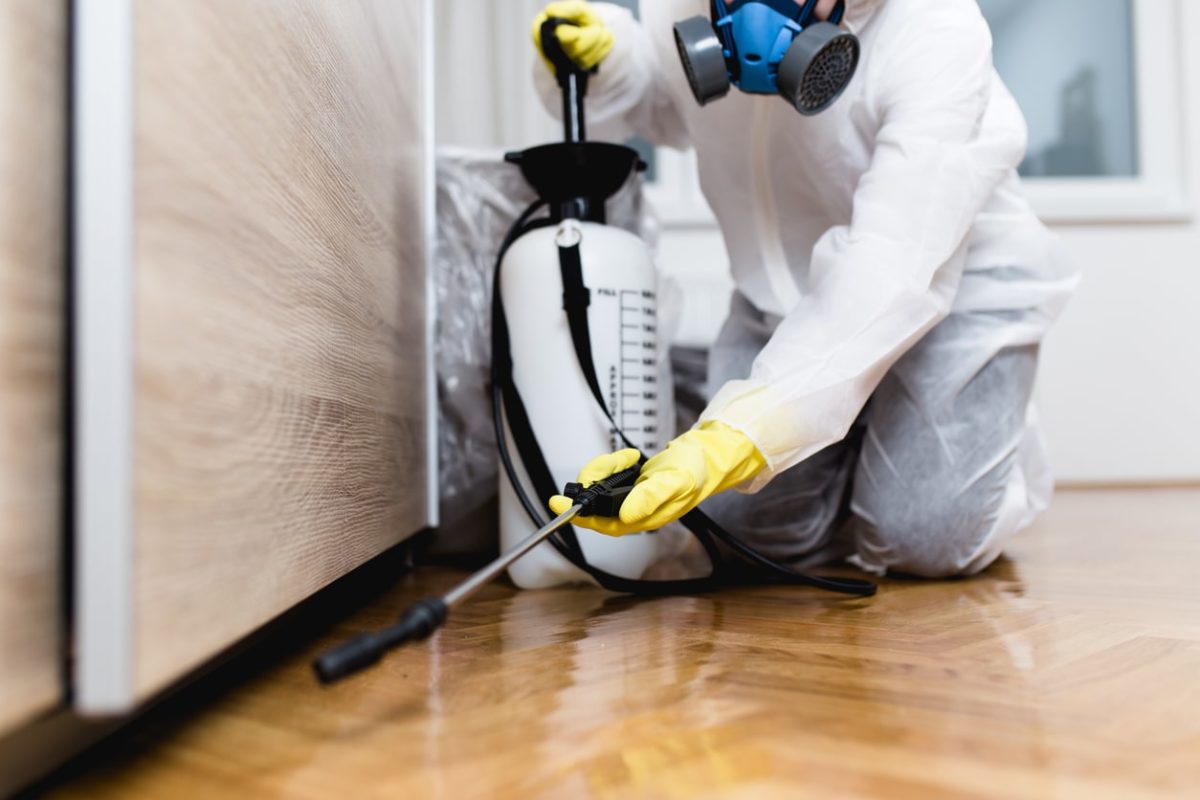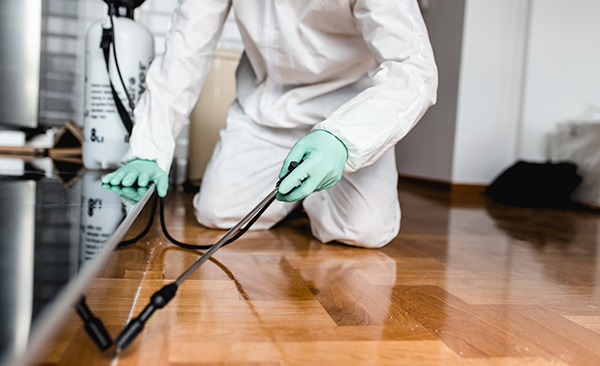Trust Pest Control Lockhart for Durable Pest Prevention
Trust Pest Control Lockhart for Durable Pest Prevention
Blog Article
Discovering Infestation and Therapy Strategies in the World of Insect Control
The landscape of pest control incorporates a myriad of obstacles, especially as invasions of common house pests proceed to progress. By incorporating preventative steps with advanced management techniques, such as Integrated Parasite Management (IPM), house owners can better secure their environments.

Usual House Vermin
When it pertains to handling our home, understanding common house pests is essential. These pests not only interrupt our comfort but can likewise present health and wellness dangers and damage home. The most widespread household parasites consist of ants, roaches, rats, termites, and bed pests.
Ants, frequently seen foraging in cooking areas, can pollute food and develop huge nests. Rats, consisting of mice and rats, can trigger architectural damage and bring conditions like hantavirus and salmonella.
Identifying the indications of these bugs, such as droppings, nests, or bite marks, is important for very early treatment (Pest Control Lockhart). Appropriate sanitation methods, securing entry factors, and maintaining a clutter-free atmosphere are efficient preventative measures. By recognizing these common family insects and comprehending their behaviors, house owners can take positive actions to alleviate invasions, making certain a much healthier living environment
Comprehending Parasite Infestations
Insect invasions can escalate quickly, turning a minor aggravation into a substantial trouble otherwise addressed immediately. Comprehending the nature of these invasions is essential for effective monitoring. Insects can attack property and industrial rooms for various factors, including the look for food, sanctuary, or breeding premises. Common aspects adding to invasions consist of inadequate hygiene, structural vulnerabilities, and seasonal adjustments that drive parasites inside your home.
Determining the kind of insect is necessary, as various types exhibit different habits and reproductive rates. For instance, rodents might establish nests in surprise locations while pests like roaches flourish in wet environments. Early detection often pivots on identifying indications such as droppings, chomp marks, or uncommon audios, which can suggest a trouble prior to it comes to be extreme.
Warm, damp environments can help with the rapid development of bug populaces, while changes in landscaping or building and construction can unintentionally create favorable environments. An informed approach to comprehending these characteristics lays the groundwork for effective pest management methods in the future.
Therapy Techniques and Methods
Reliable treatment techniques and techniques are crucial for reducing insect infestations and restoring a risk-free environment. A multifaceted method is commonly best, including chemical, organic, and mechanical techniques customized to the certain pest and the seriousness of the infestation.
Chemical therapies include making use of pesticides and herbicides, which can efficiently get rid of insects. Nonetheless, proper application and adherence to safety guidelines are essential to reduce threats to human beings and non-target organisms. Integrated Pest Management (IPM) encourages the wise use chemicals as a last hotel, depending instead on monitoring and limit degrees to identify treatment requirements.
Biological control methods include introducing all-natural killers or bloodsuckers to minimize pest populaces. This method is significantly prominent, particularly in agricultural settings, as it advertises environmental sustainability.
Mechanical methods, such as traps and barriers, give immediate remedy for insects without presenting chemicals. Choices include sticky catches for pests or physical obstacles for rats.
Eventually, the choice of treatment technique ought to consider the certain bug, the environment, and prospective effect on human wellness and ecosystems. A well balanced combination of these strategies can properly handle infestations while advertising lasting insect control options.
Safety Nets for Homes
Proactively resolving parasite problems before they escalate is important for preserving a healthy home environment (Pest Control Lockhart). Implementing efficient safety nets can significantly decrease the chance of problems, ultimately guarding both additional reading your residential or commercial property and well-being

Correct landscaping also plays an essential function in prevention. Maintaining bushes and trees trimmed away from your house lowers the opportunities of insects discovering their way inside. Moreover, make sure that water drainage systems are operating efficiently to stop standing water, which can reel in mosquitoes and other pests.
Last but not least, routine evaluations are recommended. Routinely inspecting for signs of insect activity enables very early treatment. By embracing these preventative actions, homeowners can create an atmosphere that is less friendly to bugs, consequently boosting their total high quality of life and decreasing the requirement for extensive parasite control interventions.
Industrial Pest Control Approaches
A thorough technique to commercial insect control is vital for businesses intending to preserve a secure and sanitary atmosphere. Efficient techniques include a mix of normal assessments, staff member training, and the implementation of Integrated Insect Monitoring (IPM) techniques.
Routine evaluations make it possible for very early detection of parasite task, enabling prompt treatment. Companies need to establish a regular schedule for these analyses, concentrating on high-risk locations such as kitchen areas, storage rooms, and garbage disposal websites. Worker training is similarly essential; staff needs to be educated on the indicators of insect problems and the relevance of reporting them right away.
Implementing IPM practices helps reduce parasite issues sustainably. This consists of habitat adjustment, such as sealing access factors and reducing clutter, as well as employing natural deterrents before turning to chemical treatments.

In addition, working together with a qualified pest control provider ensures accessibility to specialist expertise and sophisticated therapy alternatives. This collaboration can cause tailored bug control plans tailored to the details needs of the organization, minimizing dangers and redirected here enhancing general efficacy. Inevitably, an aggressive and educated approach fosters a pest-free atmosphere, safeguarding both public wellness and organization credibility.
Conclusion
In verdict, reliable insect control demands a thorough understanding of common family insects and their actions, combined with targeted therapy methods. Applying preventive steps together with treatment approaches such as Integrated Insect Monitoring and organic control boosts the capability check here to minimize problems. Routine examinations and a mix of chemical and mechanical remedies further contribute to preserving pest-free atmospheres. Ultimately, a well-rounded strategy to pest monitoring is important for safeguarding living areas from unwanted trespassers.
Report this page